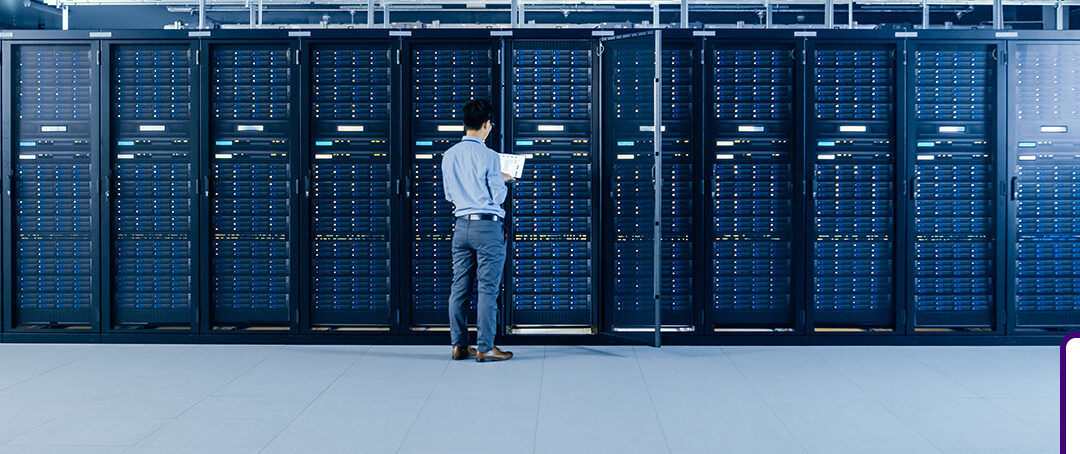In the whirlwind of technological advancements, it’s easy to overlook the foundational pillars that support our digital world. Mainframes, often perceived as relics of a bygone era, continue to play a pivotal role in orchestrating the symphony of modern data. These behemoths of computing silently manage the heart of critical industries, ensuring the smooth flow of information that fuels our global economy.
The Ancient Roots of Information: From Clay Tablets to Hieroglyphs
From the dawn of civilization, humans have sought to capture and preserve knowledge, etching their experiences onto cave walls, clay tablets, and parchment. The data journey began with the Mesopotamians, who etched cuneiform scripts on clay tablets to record transactions, legal agreements, and religious texts. In ancient India, hieroglyphs adorned surfaces, documenting everything from census data to astronomical observations. The Sumerians, Greeks, and Romans continued this tradition, chronicling historical events, philosophical ideas, and scientific discoveries.
As societies grew more complex, so did the need for efficient record-keeping. European monks, meticulous in their craftsmanship, developed a system using parchment and quill pens. This system evolved over time, eventually laying the foundation for modern bookkeeping systems used by businesses and governments.
The Printing Press and Beyond: Mass Production of Knowledge
In the 15th century, Johannes Gutenberg refined early Chinese printing presses, revolutionizing information dissemination. Books, newspapers, and journals could now be mass-produced, democratizing access to knowledge. As the 19th and 20th centuries unfolded, technology continued to advance, introducing punched cards and magnetic tape as new data storage and retrieval methods.
In its raw form, data is a vast and unorganized collection of facts and figures. Only when data is churned, analyzed, and organized can it transform into meaningful information and intelligence. This transformation process, often driven by business intelligence (BI) and artificial intelligence (AI) tools, unlocks the true potential of data, enabling informed decision-making, strategic planning, and innovation.
In the lexicon of information, facts, when stored in written formats—on ancient clay tablets, parchment, or in the digital realm—transform into data. Through the correct processing of this data, valuable information emerges, shaping decision-making processes in various industries.
However, the very nature of data’s value makes it a vulnerable target for attacks. Data breaches can have devastating consequences, exposing sensitive financial information, disrupting critical operations, and eroding public trust. This necessitates secure vaults and impregnable repositories to safeguard data from unauthorized access and malicious intent.
Mainframes: The Unseen Guardians of Global Economy
With their unparalleled processing power and unwavering reliability, mainframes have emerged as the gold standard for secure data storage. These formidable machines, often tucked away in highly secure data centers, possess a unique combination of hardware and software features that make them virtually impenetrable to cyber threats. In the 21st century, amid the digital revolution, mainframes stand tall as unsung heroes.
One of the critical strengths of mainframes lies in their hardware architecture. Mainframe processors are designed with built-in security features, such as encryption and access control mechanisms, that protect data at the physical level. Mainframes also operate in closed, tightly controlled environments, minimizing the risk of unauthorized intrusion.
The Enduring Significance of Mainframes in the Digital Age
As the world increasingly relies on data, the importance of mainframes in data security only grows. These stalwart machines continue to power the digital backbone of our society, ensuring that the flow of information remains uninterrupted and reliable.
According to IBM, over 60% of the world’s data resides on its z/OS platform, a testament to the unwavering trust that organizations, nations, and governments place in mainframes to safeguard their most critical information. The z/OS ecosystem supports a staggering $7.7 trillion in credit card payments and facilitates over 30 billion business transactions daily. This remarkable statistic highlights the indispensable role mainframes play in the functioning of our global economy.
Conclusion
From the ancient scripts of Sumerians to the bustling digital transactions of today, mainframes have been the silent architects of our informational landscape. In a world where data is the lifeblood of modern society, secure information storage is paramount. With their unwavering security and unparalleled processing power, mainframes have emerged – and remain – as the guardians of our most valuable data. As we continue to navigate the ever-evolving digital landscape, mainframes will remain steadfast.









0 Comments